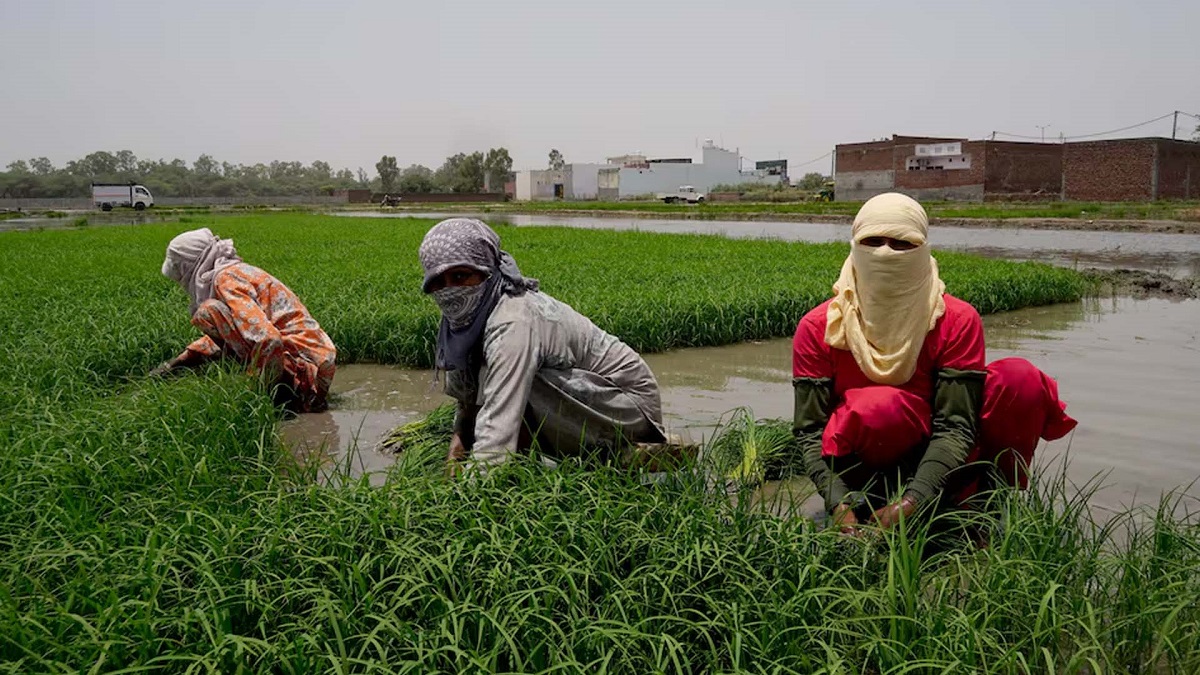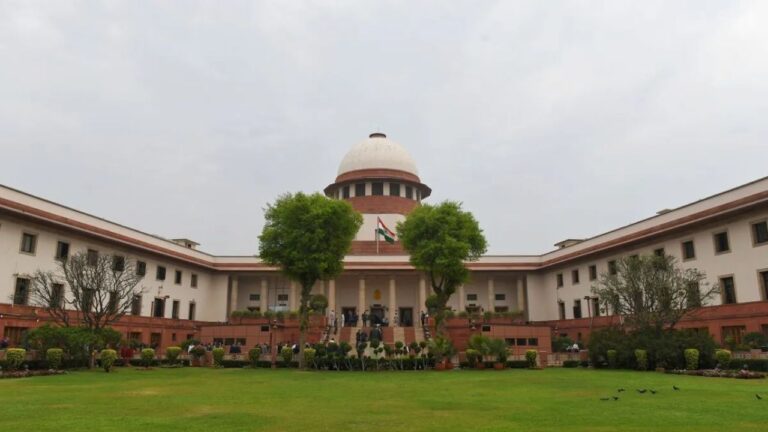
This summer, India is experiencing an unprecedented heatwave that has claimed the lives of over 100 people and resulted in more than 40,000 suspected heatstroke cases. The period between March 1 and June 18 has been particularly severe, with at least 110 confirmed deaths, according to the health ministry.
Unprecedented Temperatures and Climate Change
Attributing the extreme heat to human-driven climate change, temperatures in northern India have soared to nearly 50 degrees Celsius (122 degrees Fahrenheit). This has resulted in one of the longest and most intense heatwave spells on record. The impact of the heatwave is evident not only on human populations but also on wildlife. Birds are reportedly falling from the skies due to the intense heat, highlighting the severe strain on the ecosystem.
Kartick Satyanarayan, co-founder and CEO of Wildlife SOS, commented on the dire situation, stating, “During the ongoing heatwave, most bird rescue calls that we receive are due to birds falling from the skies.”
Health Sector Under Pressure
The health ministry has directed federal and state institutions to prioritize patients affected by the heatwave. Hospitals in Delhi, which are also grappling with a water shortage, have been instructed to make additional beds available to accommodate the influx of heat-affected patients. Authorities forecast above-normal temperatures for the coming month, and unbalanced urban growth is contributing to the heat traps in Indian cities.
Socioeconomic Impact
Tragically, the heatwave has had a disproportionate impact on economically disadvantaged communities. In the past two days alone, the bodies of over 26 individuals from these communities have been found across five districts in the national capital. The cause of death is still under investigation, but the extreme heat is suspected to be a significant factor.
Floods and Landslides in Assam
While the northern parts of India are baking under extreme heat, the northeastern state of Assam is facing a different kind of weather disaster. Continuous rainfall has led to severe floods and landslides, claiming at least six lives. Since the end of May, over 30 people have died due to these weather-related incidents.
The floods have affected more than 160,000 people, with water levels in the Kopili River, a major tributary of the Brahmaputra River, surpassing the danger mark. The dual crises of extreme heat and flooding are a stark reminder of the diverse and severe impacts of climate change on India.
Government and Community Response
In response to these weather extremes, the Indian government is mobilizing resources to assist affected communities. The health ministry’s directives aim to mitigate the health impacts of the heatwave, while emergency services in Assam are working to provide relief to flood-hit areas. However, the scale of these disasters underscores the need for long-term strategies to address the root causes of climate change and improve resilience against future weather extremes.
India’s ongoing struggle with extreme weather conditions serves as a critical reminder of the urgent need for global action on climate change and sustainable development practices.






